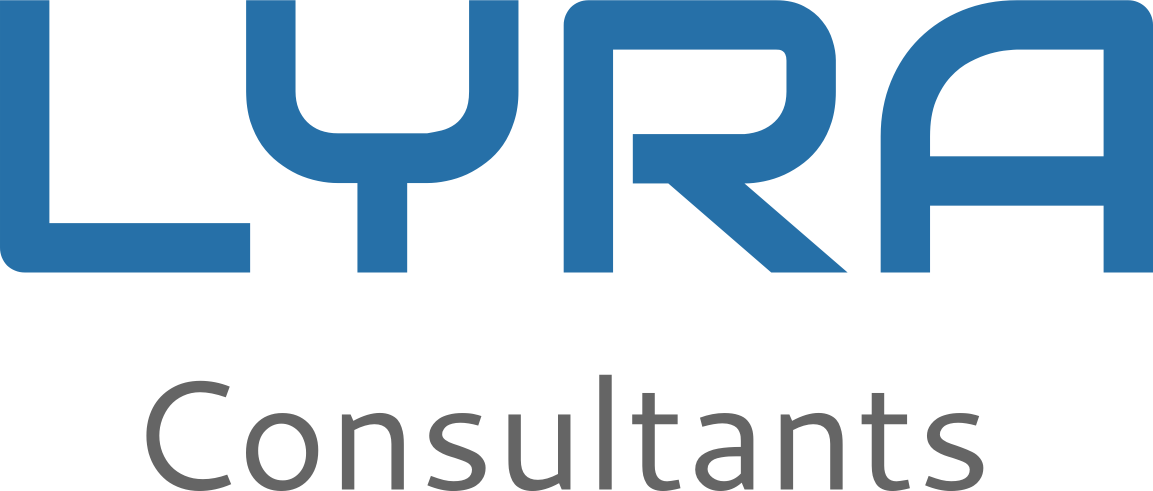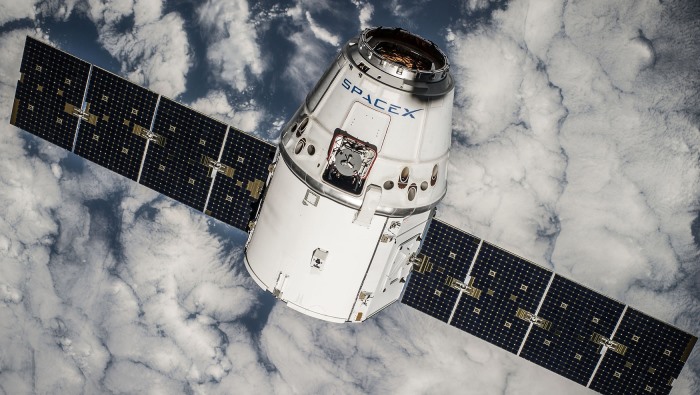With the last launch of 60 satellites on May 26, SpaceX completed the initial phase of its constellation, which in the coming months will reach coverage over 80% of the Earth. The beta service “Better than nothing”, consists of a kit of US$99 per month, available in the northern United States, Canada, United Kingdom, New Zealand, Australia and other locations from Europe (Germany, Belgium, Holland). The more than 10,000 current Starlink users hire this 100 Mbps speed plan with no capacity limit. They must also pay US$500 for the terminal, a value that is subsidized by the operator (otherwise it would cost between US$1,300 and US$1,500).
An Ookla analysis of SpaceX’s beta service in Canada and the United States showed that the minimum standards established by the FCC are met (it should be remembered that the company received federal funds for US$886 million for the deployment over 35 states), set in 25 Mbps download and 3 Mbps upload. Although with wide variations: in Tehama County, California, for example, service was 545.6% faster than local services with fiber or cable technology, but in Clay, Missouri, speeds were 70% lower. Latency remains a difficulty to be solved: in most of Ookla’s tests in the United States during the first quarter of the year, the average latencies ranged from 31 to 88 milliseconds, up to 486% higher than those of other providers; in Canada they were between 209.1% and 369.2% higher. SpaceX has already reacted to these results and asked the FCC for permission to reduce the positioning altitude of the satellites.
The Starlink constellation will be completed by 2027, with 11,926 satellites orbiting the planet. In the United States alone, the expectation is to connect 20 million households in rural areas in a period of three to five years. In Latin America, Elon Musk’s firm focused on obtaining operating licenses – in Argentina it already has one – while silently working on agreements with local operators to explore solutions. In any case, as Pablo Mosiul, CEO of Orbith, confided to Convergencialatina, the prices of the kits are still prohibitive for the region: “We see it in the medium term. There is time for the terminals to drop in price. They must go down ten times to make sense for the residential market in Latin America”, he said.
Lightspeed. Canada’s Telesat commissioned Thales Alenia Space to build 298 Ka-band satellites for its foray into LEO, which will cost US$5 billion. The firm anticipates that the potential market for its fleet at GEO will reach US$18 billion in 2023, and this constellation, called Lightspeed, would expand this figure to US$356 billion. That total could even double or triple by the 2030s. In the next two years the fleet is expected to be launched, 1,000 km away from Earth; beta testing will begin in the second half of 2023 and global coverage would be reached a year later. Unlike SpaceX, Telesat will focus on the business market: in this sense, it has already reached an agreement with the Canadian government for US$462 million to offer dedicated capacity pools that ISPs and operators will be able to acquire at reduced rates to serve rural homes and indigenous communities. Up to 20 Gbps can also be offered for hotspot sites at airports or seaports.
With regard to mobile backhaul, Telesat undertook a five-day trial in Rio de Janeiro together with TIM Brasil, using the Phase 1 satellite of the Canadian company, of an experimental nature. They managed to run video conferencing applications, WhatsApp over LTE and video streaming without interference or cuts. The latency for 4G data traffic was 38 ms.
OneWeb. On May 28, Arianespace launched a new group of 36 OneWeb satellites, bringing the constellation to 218 devices, 80% of what is necessary to provide initial services. This is the fourth launch of the “5 to 50” campaign, which will allow broadband connectivity to all regions north of latitude 50º for this month of June. The United Kingdom, Alaska, northern Europe, Greenland, Iceland and Canada will have active services before the end of the year, and global coverage would be reached in 2022, with the fleet of 648 satellites.
Eutelsat’s entry implies a strong validation of the LEO model by a traditional GEO operator. And a commitment to the idea of ??complementarity between both orbits, in opposition to the discussion that had been taking place in the industry, of “GEO vs. LEO” confrontation. For Eutelsat, OneWeb could capture 10-20% of the global B2B market. Although 60% of the business remains in Broadcast, the pillar of services for governments and fixed data will be exploited through this foray into low orbit.
OneWeb is targeting telcos and ISPs, in a similar approach to that of Telesat. The use cases that will predominate are corporate Wi-fi extensions, cellular backhaul, emergency services and redundancy and broadband for isolated communities. To address the enigmatic question about terminals, the firm plans to have a single equipment of about US$6,000, capable of covering a small town or a place like a hospital; and reached agreements with manufacturers, for example, Satixfy for aviation terminals and Intellian for devices of different sizes and use cases.
In view of the already advanced proposals of SpaceX, Telesat and OneWeb, in the deck for LEO there is also the Amazon Kuiper Project. It envisions a fleet of 3,236 artifacts, of which 1,600 would be in orbit by 2026, launched by the United Launch Alliance (ULA). Until now, little has been known about the initiative of Jeff Bezos’ firm, which will also seek to promote its own launch unit, Blue Origin, in future takeoffs.
Source: www.convergencialatina.com

